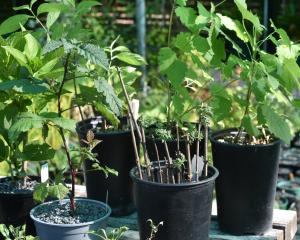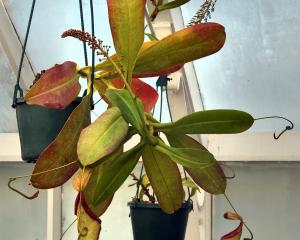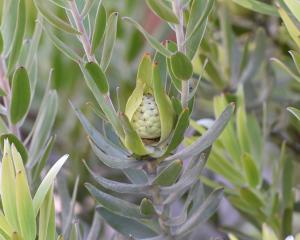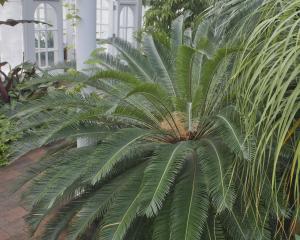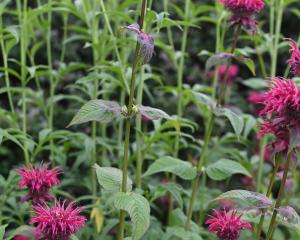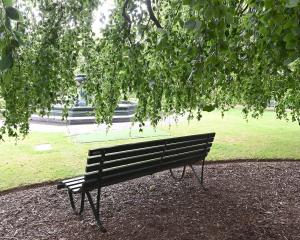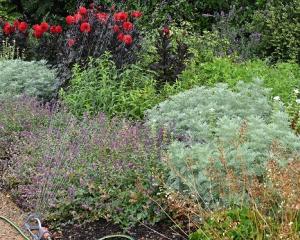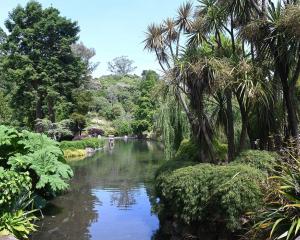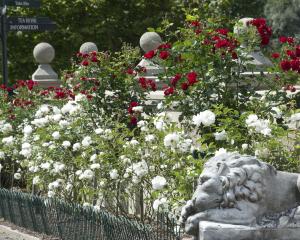
They will be released into Orokonui Eco Sanctuary between February and April 2020 to boost the growing population within and beyond the predator fence.
South Island kaka are considered nationally vulnerable. They face many threats in the wild and as they become more established in our urban environment there are many things we can all do to help them thrive.
- Trapping of pest species such as rats, mustelids and, to a lesser extent, possums and feral cats. Beware, dogs can also kill chicks, too. Don’t feed kaka human food — it’s tempting but can lead to all sorts of physiological problems with adult birds and have a detrimental impact on young chicks during the breeding seasons.
- Lead, found in roof paint, flashings and nails, is proving to be harmful to kaka in urban Wellington and is something for us to think about in the future here. It tastes sweet to birds and kaka will lick and nibble at it. Water run-off from a roof often sits in gutters and is then drunk by kaka.
- Plant more native trees to establish and extend green corridors and food sources. This helps kaka move around the region and harvest food as they go.
We are lucky to have so much green space in Dunedin. If we add to this and trap pests we could achieve an urban sanctuary.
Garden Life is produced by Dunedin Botanic Garden. For further information contact Alisha Sherriff.




